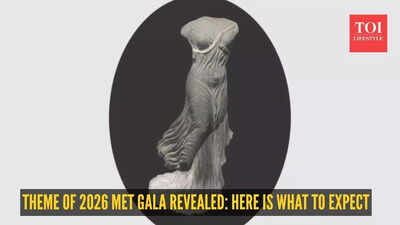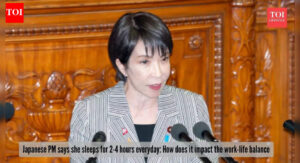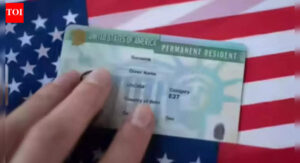What to expect on the 2026 Met Gala red carpet: Theme, dress code, date, and sponsors |

For all the theatricality the Met Gala is known for, its themes have usually circled the same orbit: reimagining archives, honouring icons, translating ideas into gowns that photograph well on a carpet that exists to be stared at. But Costume Art, the theme for 2026, lands differently. It gestures toward something more fundamental, more stripped back, almost deceptively simple, the body. Not the perfected body or the idealised body, but the real one: aging, changing, growing, vulnerable, expressive. The kind of body fashion often hides in order to magnify the clothes.For decades, museum fashion has been displayed like relics: suspended, padded, propped, or sculpted into shapes that forget someone once breathed inside them. Garments become artefacts; mannequins disappear. Even on the Met steps, the body becomes a prop for silhouette or spectacle. And yet, when you remove the wearer, you remove the point. Clothes only live when somebody puts them on.That’s the quiet provocation behind Costume Art. The theme invites fashion to step out of its long-standing habit of pretending the body is an inconvenience to be smoothed away.It brings the conversation back to the human presence that museums have largely edited out. Only after this shift does Andrew Bolton’s framing land with its full weight. Speaking to Vogue, he said the intention was to return to “the indivisible connection between our bodies and the clothes we wear,” and to acknowledge that fashion “has an edge on art because it is about one’s lived, embodied experience.”
What this means for the met gala red carpet
If this exhibition is grounded in the body, the red carpet will likely mirror that energy. Expect designers to move toward silhouettes and fabrics that emphasise shape, movement, and exposure.This also marks the return of sheer dressing, though with a more conceptual bent. It won’t just be about see-through fabrics; it will be about transparency as a commentary on fragility, vulnerability, or the rawness of form.
The logistics: Date, hosts, and what comes next
As tradition dictates, the Met Gala will be held on the first Monday of May—in 2026, that’s May 4. The accompanying exhibition opens a few days later, running from May 10, 2026, to January 10, 2027.Celebrity co-chairs haven’t been announced yet, though Anna Wintour remains the constant at the helm. She will be joined by Jeff Bezos and Lauren Sánchez Bezos, the event’s primary sponsors. The exhibition itself will feature nearly 200 artworks paired with 200 garments and accessories. Most of the pieces will be drawn from Western art traditions, with the intention of mapping how clothing shapes, and is shaped by, cultural ideals of the body.Bolton has also rethought the mannequins. Instead of faceless forms, these will have mirrored faces designed by artist Samar Hejazi. The idea isn’t aesthetic flourish but empathy: a viewer sees their own reflection, creating a momentary identification between themselves and the body being represented. It collapses the distance between museum visitor and displayed garment, reinforcing that fashion is inherently relational.The exhibition also marks the debut of the new Condé M. Nast Galleries, a 12,000-square-foot space beside the Great Hall that will house the Met’s expanding fashion collection.
The unanswered question: What will be the official dress code?
Though the theme is set, the dress code will arrive closer to the event, as it always does. The distinction matters. Last year’s theme, for instance, honoured “Superfine: Tailoring Black Style,” but the actual dress code was “Tailored for You,” prompting the wave of structured looks we saw on the carpet.For 2026, the dress code will determine whether guests lean toward anatomical references, sculptural silhouettes, nude illusions, or garments that play with absence and presence. It will set the tone for how literally or loosely the theme should be interpreted.








